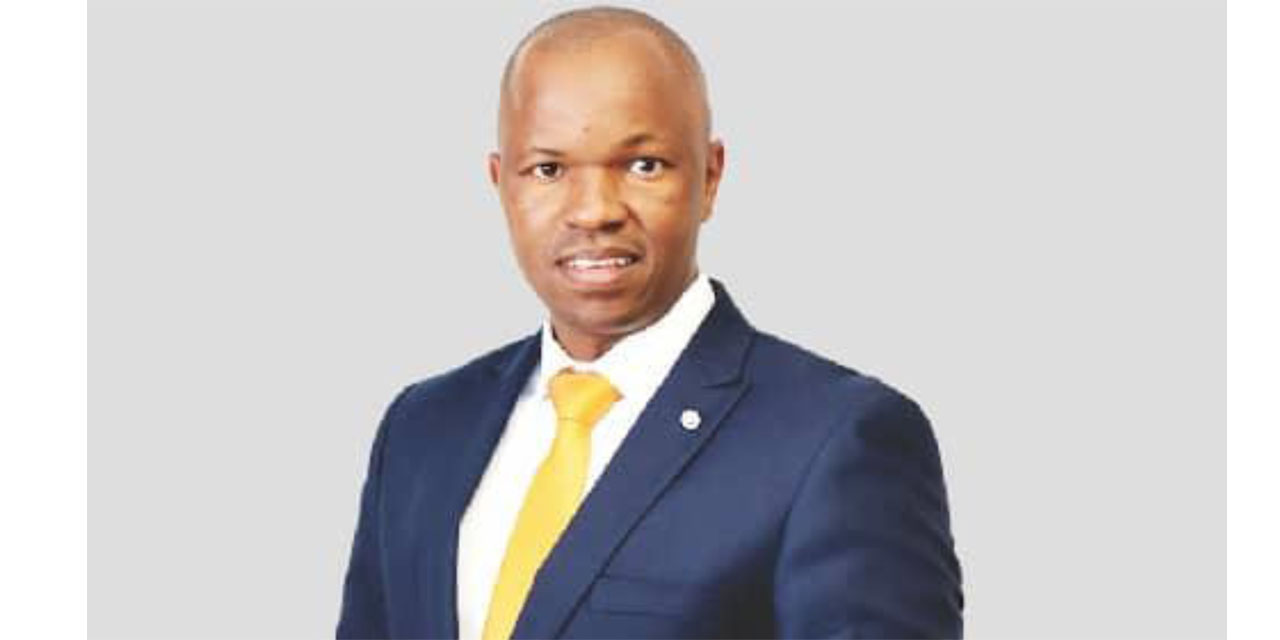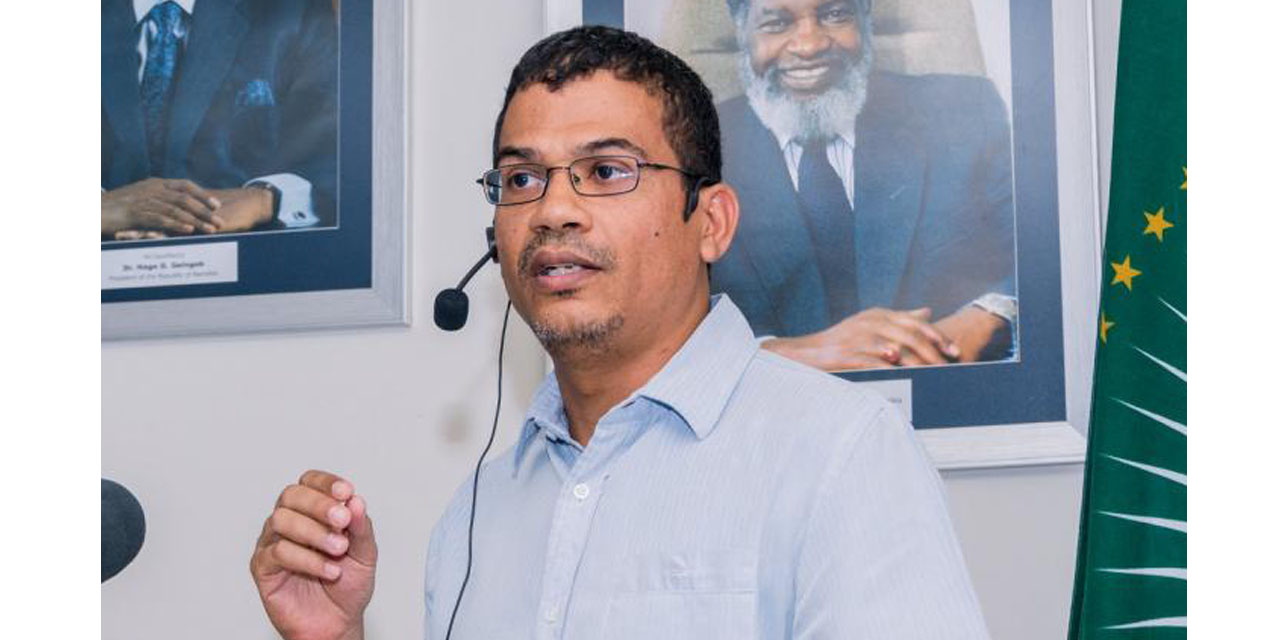Martin Endjala
Nangula Uaandja, the Chief Executive Officer of the Namibia Investment Promotion and Development Board (NIPDB) has announced that due to Namibia’s unparalleled wind and solar resources, the country is among five globally that have the potential to produce Green Hydrogen (GH2) at competitive rates.
Uaandja made this remark at the recently concluded United Nations General Assembly (UNGA) in New York, USA, while showcasing Namibia’s unique opportunities and comparative advantages as an investment destination.
She mentioned that the cost of green hydrogen produced in Namibia is projected to be between $1.73 and $2.30 per kilogram, with exports expected to commence before 2025, making it more affordable compared to other locations.
Currently, the cost of green hydrogen production is between US$3 and US$6 per kilogram, rendering it uneconomical. However, GH2 produced through electrolysis using renewable power is significantly more, costing US$10-15 per kilogram, dependent on availability.
Grey hydrogen, produced with cheap fracked natural gas, costs US$2 per kilogram in the US, while in Europe, Australia, and Asia, it is priced between US$5-6 per kilogram due to higher natural gas prices.
Uaandja noted that, according to experts, the production cost of green hydrogen largely depends on the capital cost of electrolysers, their capacity or utilization factor, and the procurement cost of renewable electricity.
She emphasized that mining continues to be a strategic growth sector for Namibia, contributing significantly to the Gross Domestic Product, taxation, and foreign earnings.
“In 2022, the mining sector accounted for 11.1 percent of the GDP, and further investment in this sector is central to growing the economy,” she asserted.
For this reason, NIPDB seized the opportunity to invite investors and funders to form partnerships, joint ventures, or strategic alliances with Namibian Exclusive Prospecting License owners to develop their projects and mining operations.
Uaandja stated that the potential development of a large number of EPLs is crucial for enabling the country to develop its mining project pipeline and preparing these projects for more significant investments in the future.
She stressed that NIPDB is cognizant of the importance of securing tangible investments as a strategic imperative for the nation to attain its prosperity aspirations.
She also emphasized that converting leads into investments is a lengthy and arduous process that involves multiple engagements with potential investors before a final investment decision is made.
“Systematically developing these rights will translate to creating more jobs in the sector and the wider economy. There are currently just over 700 EPL and Mining Claims owners in Namibia,” she said.
Even though the Namibian economy recorded positive growth over the past two years, with a 4.2 percent growth rate in 2022, foreign and domestic investments remain the most viable levers that Namibia can pull to bring about sustainable economic growth and quality employment creation.




